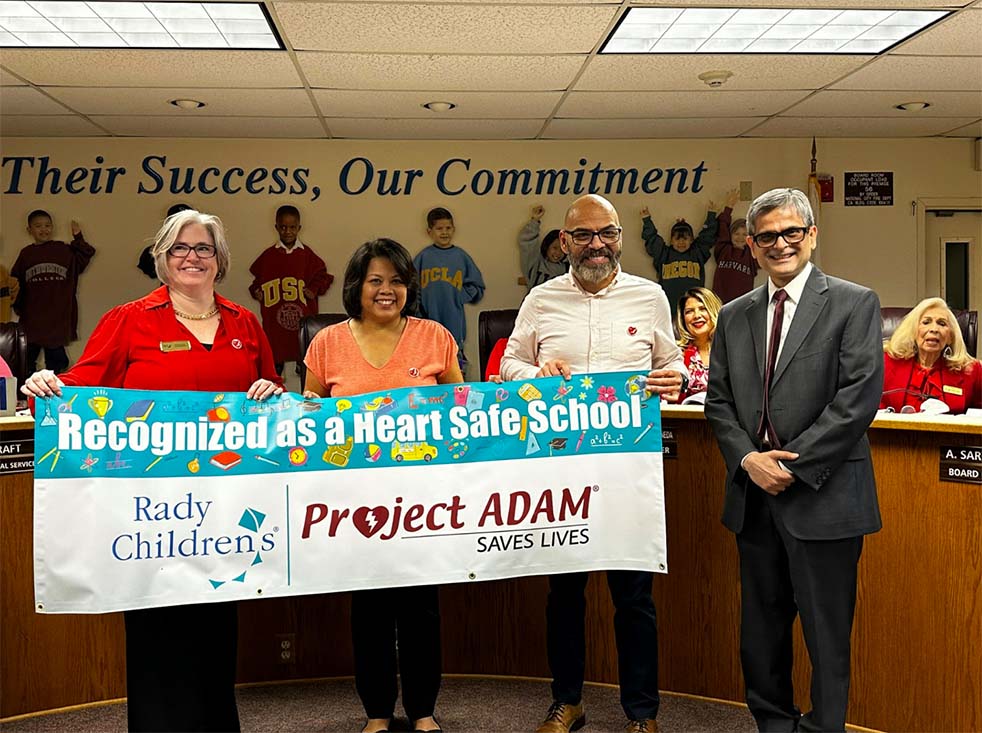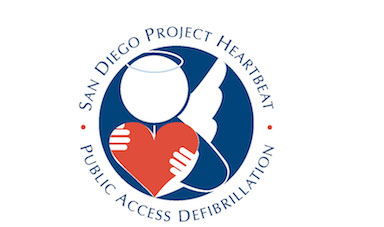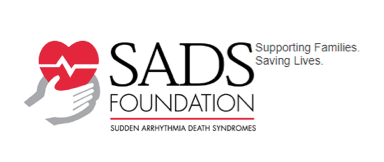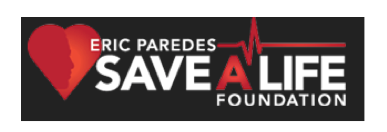
In February 2024, Central Elementary School became a designated Project ADAM Heart-Safe School in the National School District.
In March 2021, Old Town Academy became the first Project ADAM Heart-Safe School designated by Rady Children’s.
Project ADAM at Rady Children’s
Project ADAM is a national program founded at Children’s Hospital of Wisconsin that helps schools prepare for and respond to sudden cardiac arrest in students, staff, and visitors. Schools work toward “Heart-Safe School” designation by establishing trained personnel, written procedures, emergency drills, and strategically located automated external defibrillators (AEDs) across campus.
Children’s hospitals and health systems across the country have joined this mission as affiliates to reduce preventable cardiac deaths. Rady Children’s Hospital became the 26th affiliate in June 2020. Our program is administered through the Center for Healthier Communities and guided by an internal advisory committee.
Coordinator, Project ADAM: Negin Javaherchian — njavaherchian@rchsd.org
Administrative Coordinator: Jacqueline Rodriguez — jmrodriguez@rchsd.org
Medical Director: Rohit Rao, M.D., M.B.A., Medical Director of the Cardiothoracic ICU and the Pulmonary Hypertension Program — rrao1@rchsd.org
Executive Director: Gail Knight, M.D., Senior Vice President and Chief Medical Officer
Project ADAM in Our Community
Sierran Sands Unified School District

Central Elementary School

Community Partners



History of Project ADAM
Project ADAM began in 1999 after the death of Adam Lemel, a 17-year-old Wisconsin high school student who collapsed while playing basketball due to sudden cardiac arrest. Defibrillation via an AED could have saved his life. Adam’s parents, Patty Lemel-Clanton and Joe Lemel, partnered with Children’s Hospital of Wisconsin’s Herma Heart Institute to create a program in his memory focused on AED access and cardiac emergency response in schools.
Learn more on Project ADAM’s national site
Sudden Cardiac Arrest
Heart disease is the leading cause of death in the United States. Sudden cardiac death is often the immediate cause and can affect people of all ages, including youth. Several studies over recent decades estimate an annual risk in young people of roughly 1 to as high as 8.3 per 100,000. Because about 20% of a community is on school campuses during the day, preparedness in schools is critical to protecting students, staff, families, and visitors.
How Schools Become Heart-Safe
- CPR training for staff, teachers, coaches, and students
- Cardiac Emergency Response Plans (CERPs) so all staff can respond quickly and decisively
- AEDs placed across campus, with maintenance plans and regular drills
- Practice drills & EMS coordination to ensure rapid communication and response
- Emergency action plans for students known to be at higher risk
Warning Signs & Risk Factors
Warning signs (when present) may include:
- Fainting or dizziness with exercise
- Excessive fatigue or shortness of breath with exercise
- Chest pain or discomfort with exercise
Risk factors (when present) may include:
- Structural heart disease (e.g., congenital heart disease, cardiomyopathies)
- Electrical heart diseases (e.g., Wolff-Parkinson-White, Long QT syndrome)
- Coronary artery disease or risk factors (obesity, hypertension, diabetes, tobacco use, family history)
- Exposure to certain drugs of abuse or some medications
- Family history of sudden unexplained death before age 50
- Sudden blow to the chest over the heart (commotio cordis)
The Cardiac Chain of Survival

Early recognition
- Collapsed and unresponsive
- Gasping, gurgling, snorting, or labored breathing
- Seizure-like activity
Early access to 9-1-1
- Confirm unresponsiveness and call 9-1-1
- Follow dispatcher instructions
- Alert on-site responders
Early CPR
- Begin CPR immediately
Early defibrillation
- Retrieve and use an AED as soon as possible to restore normal rhythm
Early advanced care
- EMS provides advanced life support and transport
About AEDs
An AED is a portable device that analyzes heart rhythm and, when indicated, advises (or delivers) a shock for life-threatening arrhythmias. Modern AEDs provide voice prompts and are designed for bystander use. Training remains important because most victims also need CPR to maintain circulation and to support recovery after defibrillation. AEDs are used successfully by trained and untrained bystanders, including school staff.
Every minute matters: survival rates decrease by ~10% with each minute of delayed defibrillation.
Need an AED device?
Our partners at GotAED can help you set up a crowdfunding campaign to place an AED where kids learn and play. Once your goal is reached, GotAED ships an AED and cabinet to your site. Questions? Email samantha@gotaed.org.
Resources
- Heart-Safe School (HSS) Checklist
Step-by-step requirements for school designation.
- HSS Checklist Toolkit
Templates, drills, and practical tools to implement your plan.
- Project ADAM Letter
Introductory letter for school stakeholders.
- California Legislative Summary
Overview of state guidance relevant to AEDs in schools.